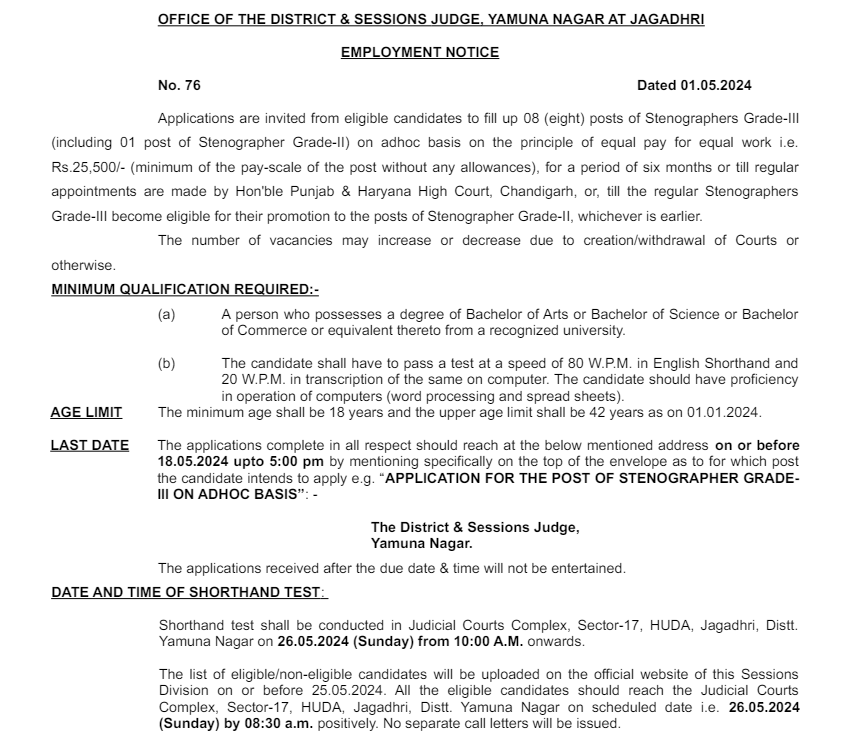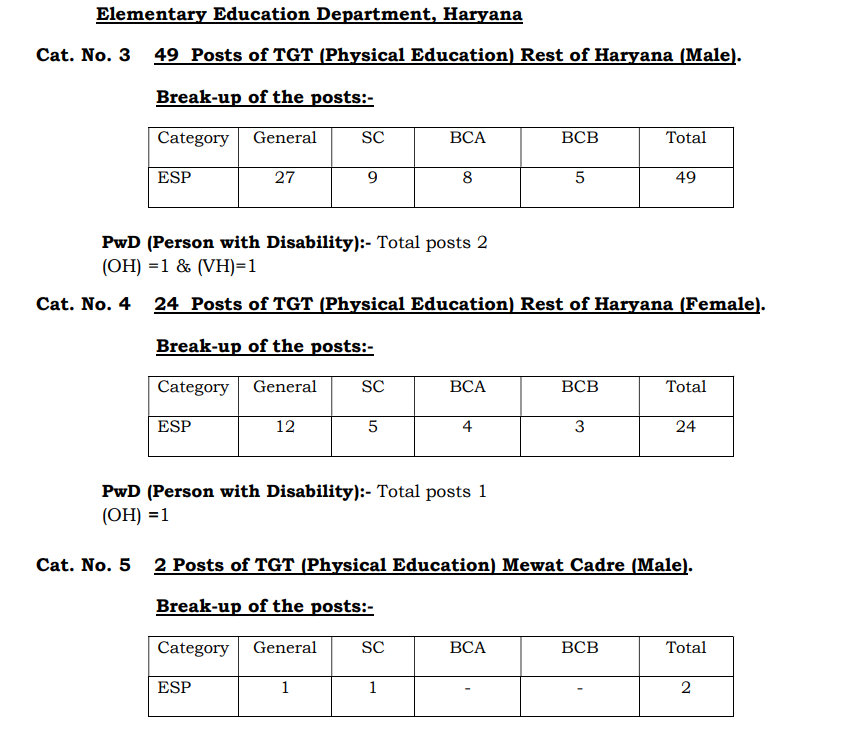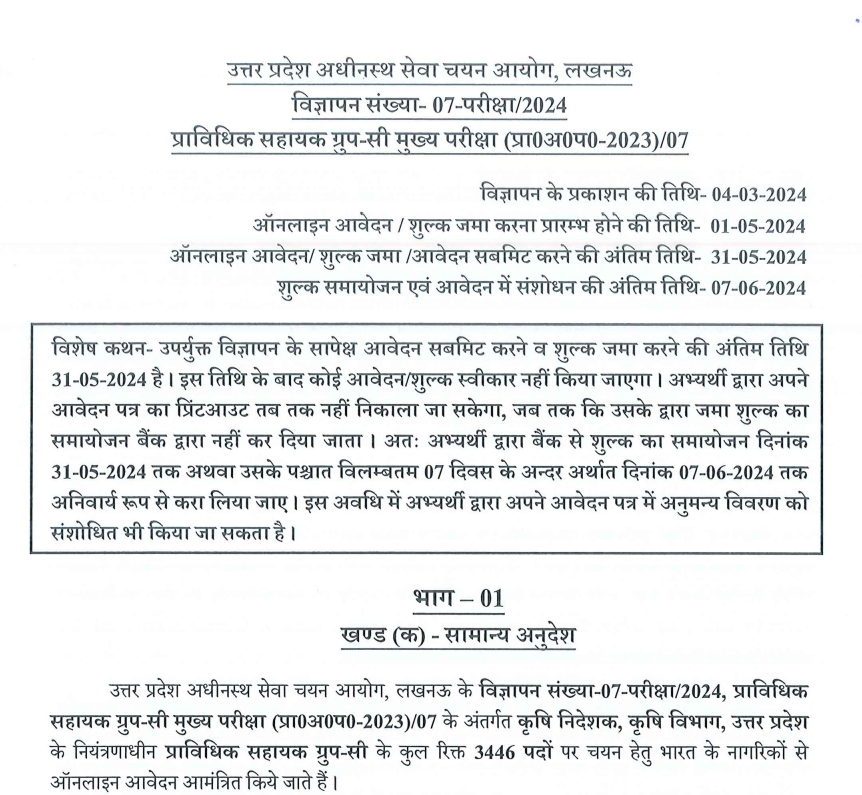Refrigeration and air Conditioning Part 2

Category –ME Online Test
Telegram-Join Us On Telegram
Attempt Free Refrigeration and air Conditioning Part 2 Here. Read The Important Mechanical MCQ From Below.
Q1. The pressure at the inlet of a refrigerant compressor is called.
A. suction pressure
B. discharge pressure
C. critical pressure
D. back pressure
Answer : A
Q2. Which of the following refrigerant has the lowest freezing point?
A. R-11
B. R-12
C. R-22
D. Ammonia
Answer : C
Q3. The absolute humidity is the mass of water vapour present in 1 m3 of dry air.
A. Agree [Correct Answer]
B. Disagree
C. Both (a) and (b)
D. None of these
Answer : A
Refrigeration and air Conditioning Part 2
Q4. The specific humidity during heating and humidification process.
A. remains constant
B. increases
C. decreases
D. Both (a) and (b)
Answer : B
Q5. A refrigerant compressor is used to.
A. raise the pressure of the refrigerant
B. raise the temperature of the refrigerant
C. circulate the refrigerant through the refrigerating system
D. all of the above
Answer : D
Q6. The thermostatic expansion valve is used in __________ type of evaporators.
A. flooded
B. DX coil
C. dry
D. none of these.
Answer : C
Q7. The capillary tube, as an expansion device, is used in.
A. domestic refrigerators
B. water coolers
C. room air conditioners
D. all of these
Answer : D
Refrigeration and air Conditioning Part 2
Q8. According to Newton’s law of cooling, the heat transfer from a hot body to a cold body is.
A. directly proportional to the surface area
B. directly proportional to the difference of temperatures between the two bodies
C. either (a) or (b)
D. both (a) and (b)
Answer : D
Q9. The refrigerant supplied to a compressor must be.
A. superheated vapour refrigerant
B. dry saturated liquid refrigerant
C. a mixture of liquid and vapour refrigerant
D. none of these
Answer : A
Q10. The drier in a refrigeration system removes moisture in the system.
A. Correct
B. Incorrect
C. Both (a) and (b)
D. None of these
Answer : A
Q11. The critical thickness of insulation is the ratio of thermal conductivity of the insulating material (k) to the heat transfer coefficient at the outer surface of the insulation (h0).
A. True
B. False
C. Both (a) and (b)
D. None of these
Answer : A
Refrigeration and air Conditioning Part 2
Q12. Upto the critical radius of insulation,
A. added insulation will increase heat loss
B. added insulation will decrease heat loss
C. convective heat loss will be less than conductive heat loss
D. heat flux will decrease
Answer : A
Q13. The ratio of the actual mass of water vapour in a unit mass of dry air to the mass of water vapour in the same mass of dry air when it is saturated at the same temperature and pressure, is called.
A. humidity ratio
B. relative humidity
C. absolute humidity
D. degree of saturation
Answer : D
Q14. The reciprocating refrigerant compressors are very suitable for.
A. small displacements and low condensing pressures
B. large displacements and high condensing pressures
C. small displacements and high condensing pressures
D. large displacements and low condensing pressures
Answer : C
Q15. The refrigerant widely used in domestic refrigerators is
A. ammonia
B. carbon dioxide
C. sulphur dioxide
D. R-12
Answer : D
Refrigeration and air Conditioning Part 2














